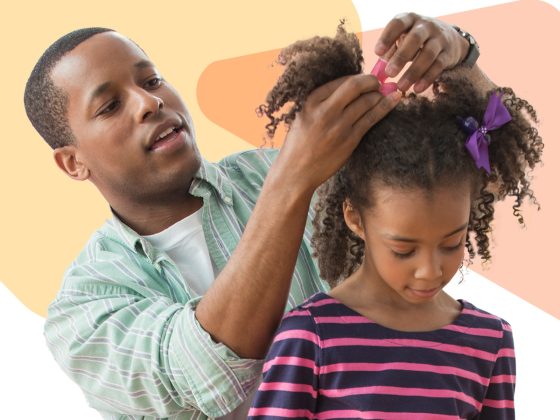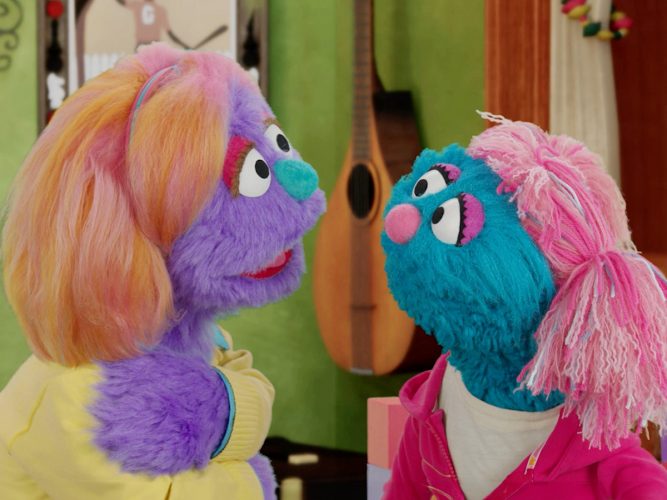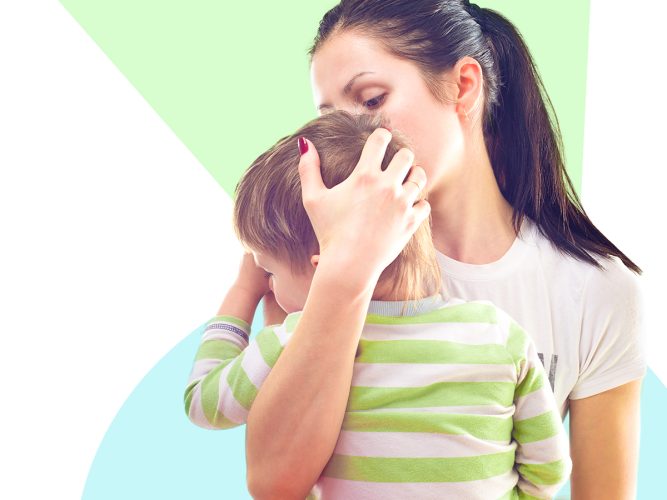
New Family Roles
Ideas to help families navigate changes after loss.
The death of a significant person can mean lots of changes for your family. It will take time for your family to find a new rhythm together. As you adjust and readjust, consider these ideas.
Learning After Loss
You may need to learn to do things the person usually did, such as organize your family’s finances, make doctors’ appointments, style your child’s hair, mow the lawn, pack lunches, among other things, both big and small. Learning something new can be frustrating, and in the context of grief, it can bring up many emotions. Speaking (and thinking) compassionately to yourself and to others can help you throughout the process. You’ll also be modeling useful coping, self-regulation, and growth mindset skills to your child.
You might say:
- “I’m not bad at this, I’m just a beginner.”
- “I’m learning something new.”
- “I’m trying my best.”
- “I just can’t do it yet.”
- “There are many right ways to do this task. It’s not how ____ used to do it, but that’s okay.”
- “Different is not bad or wrong. It’s just different.”
Navigating Change
Children might feel like they need to “fill in” for the person who died or take on more responsibilities, such as caring for siblings or helping with meals. Remind your child that you are the grown-up. Even though they may want to or feel they need to take on more responsibility, their most important “job” is to be a kid. You might say, “Hey, I love that you are trying to help and you’re doing such a great job but I’m the grown up and you’re the kid. So, let’s figure out ways you can still help and be a kid.”
Continuing Routines and Traditions
- Giving children a say—and ways to add an age-appropriate helping hand—in your family’s new routines can help them feel seen, heard, and loved. When possible, share memories, create rituals, keep traditions, and find ways for children to feel connected to the person who died.
- Include your child in any plans surrounding the creation of new rituals, which traditions to keep or ways to feel connected to the person who died. Including them gives them a voice and a choice as to how to navigate this part of their grief.


